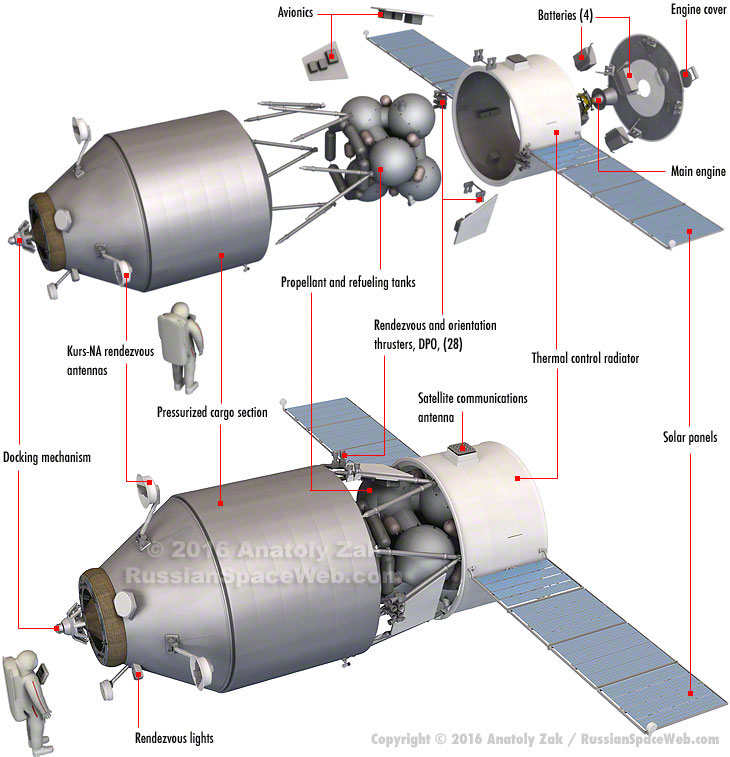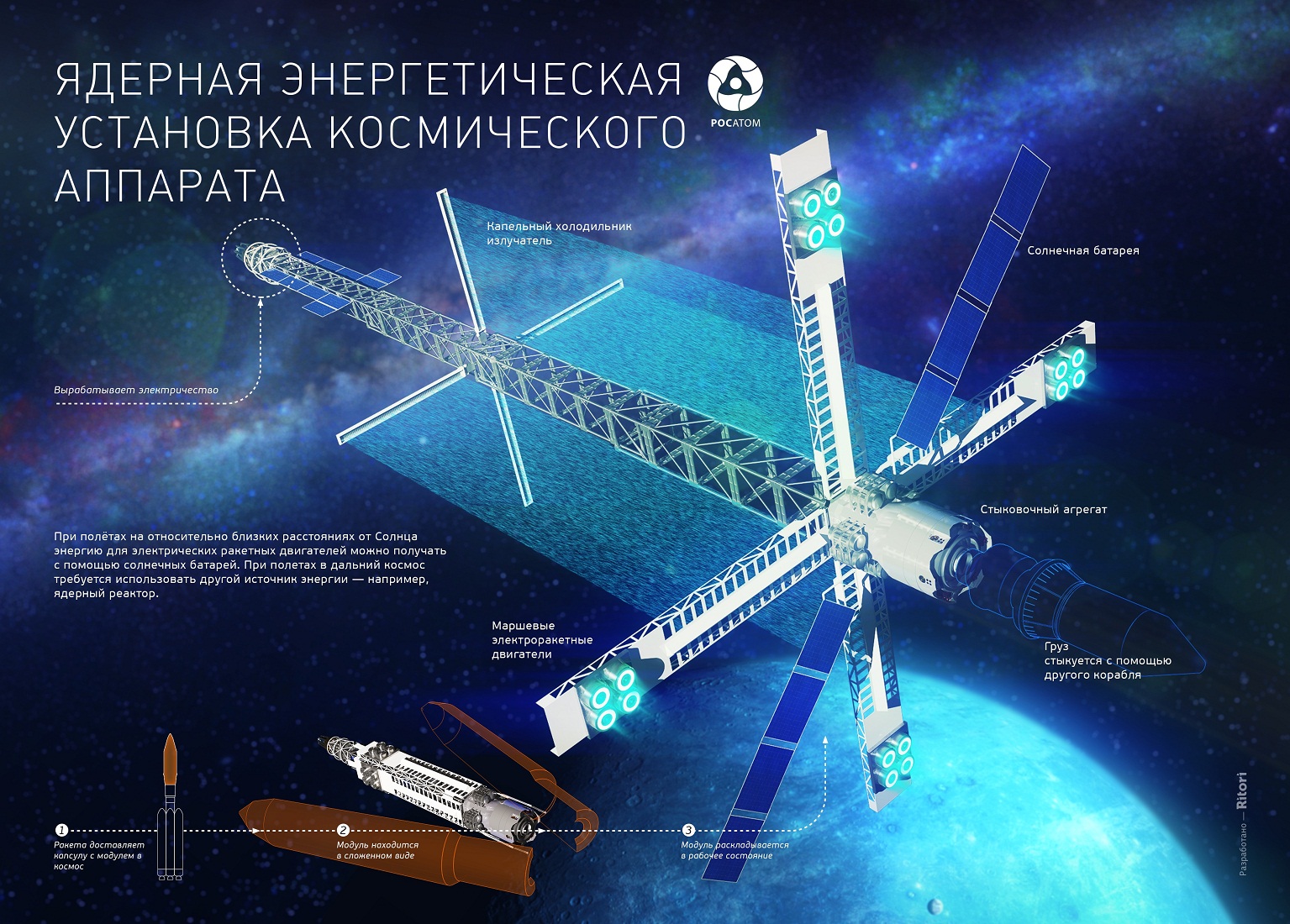How is cooling reactor, I do not understand, do you can explain?
Awesome... droplets are a brilliant idea for radiating heat into space... using panels would not be very efficient but small droplets of material to absorb heat and then radiate it into space as it falls is rather interesting... though it would of course mean no sharp turns....

Droplets have a better surface area for radiating heat into space.
A panel would heat up and only slowly radiate heat into space but would not return cooled material to the reactor like droplets could... ie collect the cooled droplets and pump them back to the reactor to cool it.
Obviously anyone who understand ION propulsion would know sharp accelerations are not what it is about...
Ion engines are long time in experiments in former Soviet Union, some are tested in space, but problem for them is low power of output.
Ion engines compared with rocket engines have a few advantages and a few disadvantages.
Ion engines = low thrust, but also offer very very good fuel efficiency, and also very very high speed exhaust material, which means its top speed is much higher than for any chemical rocket.
Very simply for a visit to a space station it makes sense to use a rocket for such a short trip, but for a trip to mars or any distant thing Ion engines suddenly become the best choice.
Very simply on a trip to Mars you have two spaceships... one enormous one with rockets and one with a rocket and an Ion engine.
The one with the rockets only fires those rockets and burns up three quarters of its fuel for its trip to mars in maybe 10-20 minutes of rocket burn which gets it up to speed and on its way and then shuts down the rocket and coasts all the way at a constant speed... as it approaches Mars it flips over so its rocket engine is pointing forward and fires its rocket again and burns up the last quarter of its fuel for its trip to mars to slow down so it can enter mars orbit... it only needs a quarter of its fuel because it has burned off the first three quarters to get to mars so it will be hundreds of tons lighter when it approaches mars than it was when it was in earth orbit so less fuel is needed to slow it down.
This means if it had to fly to mars and fly back with fuel from earth it would need to be enormous because all the fuel to go there and come back would mean more fuel would be needed to move it because it was so heavy.
In comparison an ION powered space ship might use a small rocket booster to get it moving on trajectory towards mars and then it would light up its Ion engine. the thrust of the engine would be tiny but would continuously be accelerating the spaceship. The first spaceship would blow past this second vessel in a blase of glory... but after a month of running the ion engine will have accelerated the space craft to very high speeds... actually rather higher speed than the rocket engine could ever get a space ship to... so the longer the trip the better the ion engine is... after less than a month or so the ion engined vessel would have passed the other vessel and would leave it behind.... after three and a half months the ion engined craft would flip over and start to decellerate... it doesn't speed up fast and it does not slow down fast... after 7 months the ion powered space craft would be manouvering to enter mars orbit... the rocket powered space craft would still be coasting 7 months into its year and a half journey to mars...
ION engines are good... especially if you have a power source more reliable than sunlight... they only use tiny amounts of fuel and accelerate it to enormous speeds which eventually builds up and gets you there.
Potentially the thrust of an ion engine will at least create a microgravity that will make life on the space craft more bearable.
In orbit or in deep space there is no gravity so hot air does not rise and air does not circulate.
If you stayed still you would suffocate because your body would consume all the oxygen in the air around you and your lung capacity would not be enough to make the air in your vicinity circulate and go through the carbon filters.
This means in a space station or deep space space ship you need fans that constantly circulate the air and push all the air through carbon dioxide scrubbers to keep the air breathable.
With a micro gravity from a small push from ion engines air will be easier to circulate normally... ie an up and a down.
It certainly doesn't take 14 months to develop a "concept".















